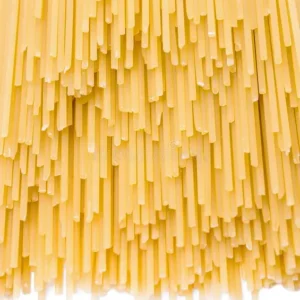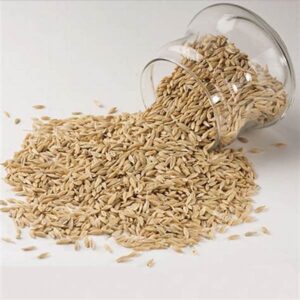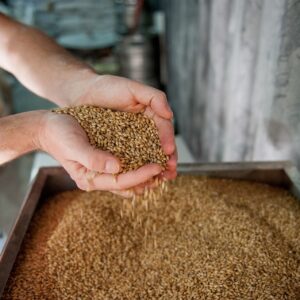Millet is a small-grained cereal crop with various specifications depending on its type and intended use. Here are some common specs:
– Types:
– Pearl millet: Most widely cultivated, used for food, feed, and fodder.
– Finger millet: Nutritious, drought-tolerant, and often used for traditional foods.
– Proso millet: White or yellow seeds, often used for birdseed or human consumption.
– Grain characteristics:
– Size: Small, round, and typically 1-3 mm in diameter.
– Color: Varies from white, yellow, gray, to red or brown, depending on the type.
– Texture: Hard, dense, and slightly crunchy.
– Nutritional content:
– Protein: Around 6-12% protein content, depending on the type.
– Fiber: High in dietary fiber, particularly insoluble fiber.
– Minerals: Rich in minerals like iron, calcium, and potassium.
– Uses:
– Food: Used to make porridges, flatbreads, and fermented products.
– Feed: Used as animal feed, particularly for poultry and livestock.
– Industrial applications: Used in brewing, distilling, and production of biofuels.
Millet is a nutritious and sustainable crop, offering benefits like:
– Drought tolerance: Millets are often more resilient to water scarcity than other grains.
– Gluten-free: Making them a popular choice for those with gluten intolerance or sensitivity.







Reviews
There are no reviews yet.